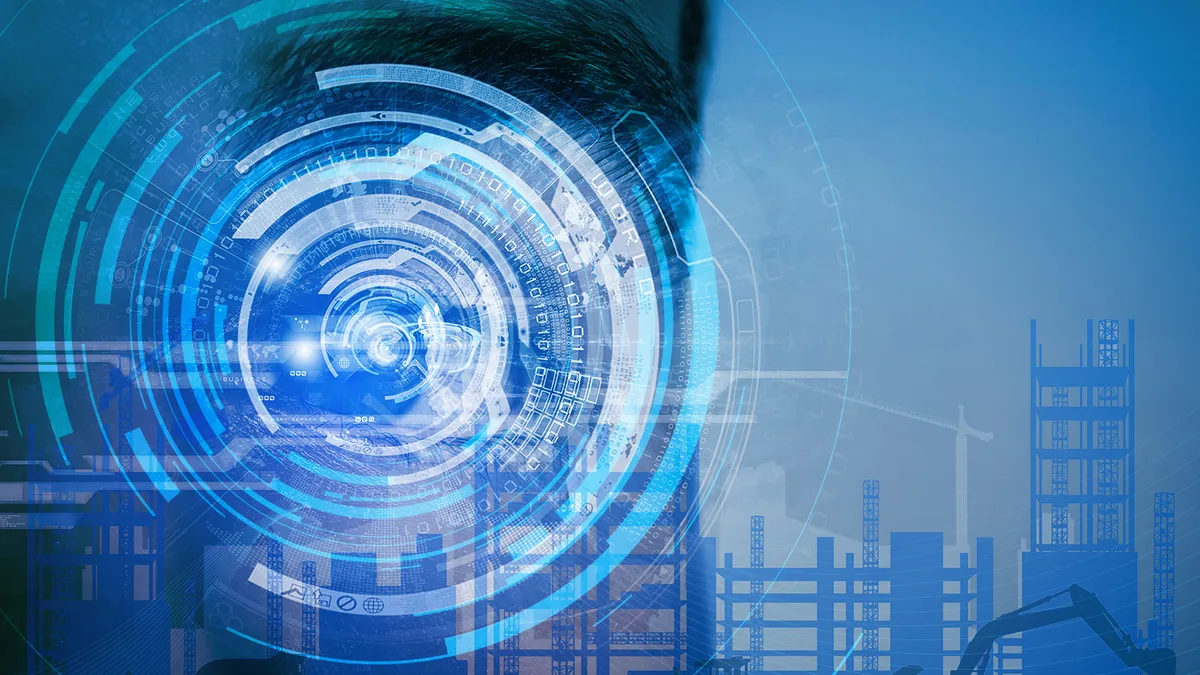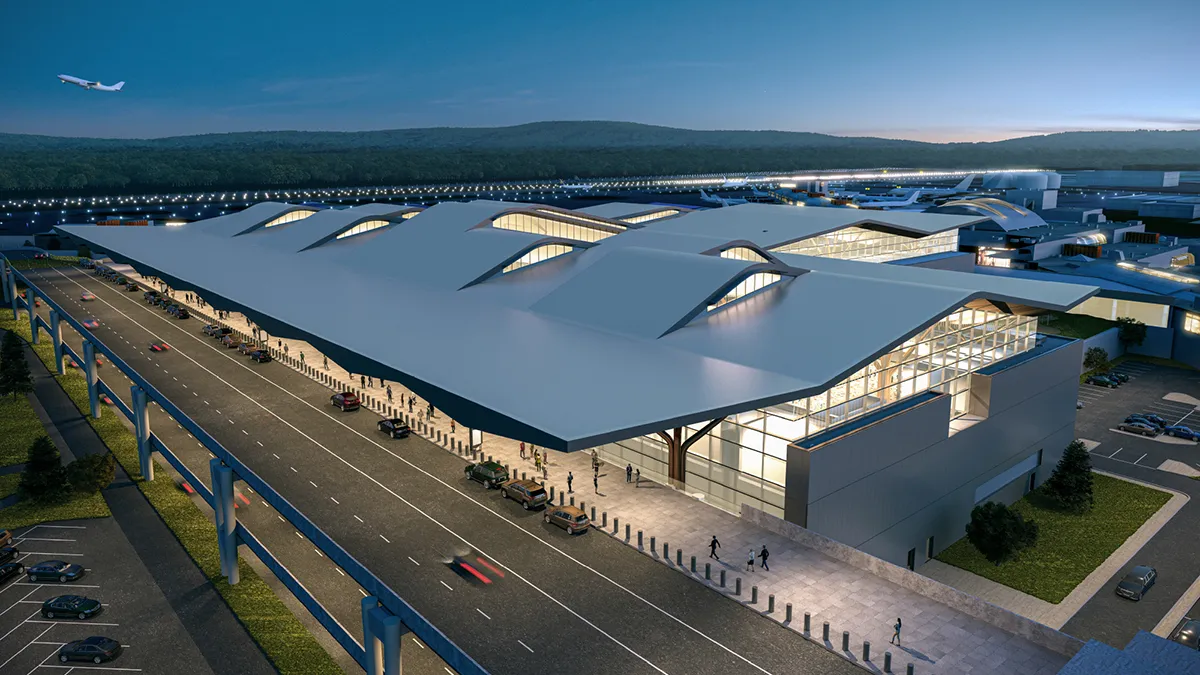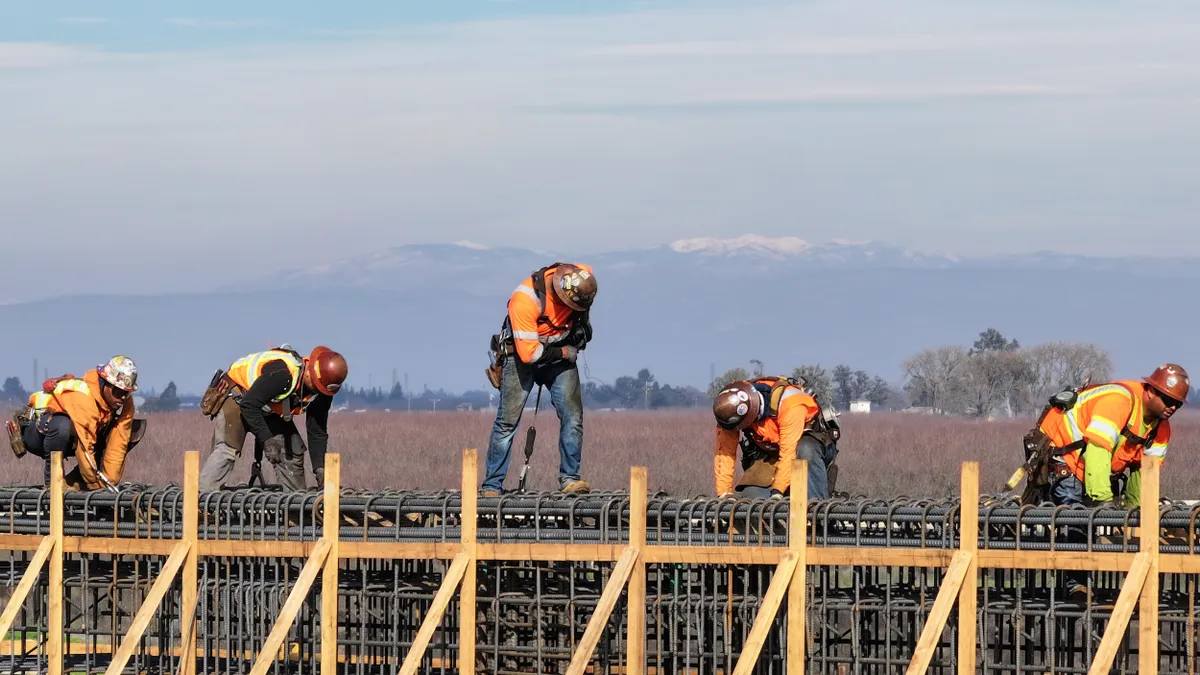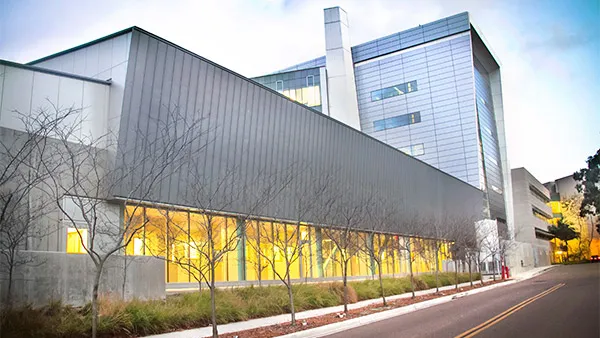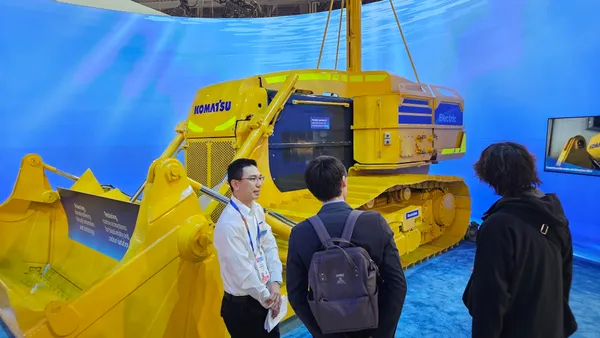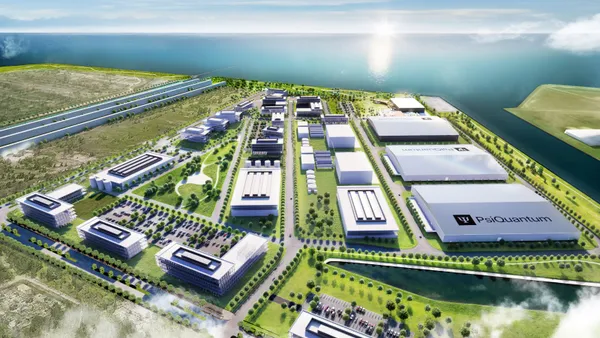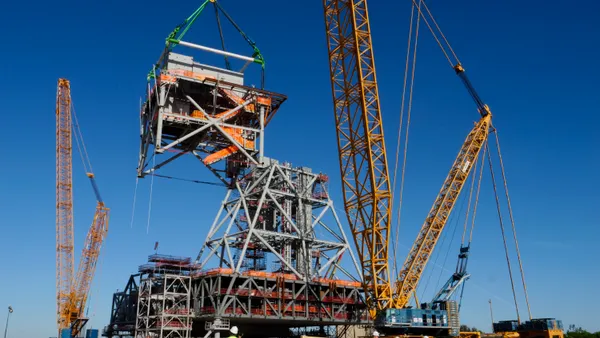Jobsite cameras have become an essential tool for the modern connected jobsite. Understanding these systems and how they support construction best practices is important in today’s ever-expanding jobsite technology array. In this article, we’ll take a look at the evolution of jobsite cameras and how they are impacting the construction industry.
Back in the Day
The initial jobsite cameras grew out of early ‘webcam’ applications. The first known webcam was at the University of Cambridge, England and was first connected to the Web November 22, 1993. Webcam’s have since been adapted to a wide variety of applications that we are all familiar with including video conferencing, traffic cameras, surveillance and more. One of the applications they were tailored to is construction monitoring.
These early construction webcams had only basic capabilities due to technological limitations in Internet connection speeds, digital camera hardware, and limited software applications. They produced only still images, at lower frequencies, and lower resolutions.
Even with these limitations, the concept proved attractive to the construction industry as a way to create time-lapse sequences of a projects progress, primarily for marketing purposes.
How Cameras are Used on Jobsites Today
Technology has clearly progressed tremendously since 1993, allowing today’s jobsite cameras to provide a much richer set of capabilities, and to therefore support a much broader set of applications for construction companies. Construction teams have also developed a greater understanding of how they can take advantage of jobsite camera technology to improve productivity, quality and safety on their jobsites.
Today jobsite cameras are used to address three key areas: Productivity and Project Execution, Risk and Safety (including site security), and Winning New Projects. Let’s look at each of these areas in turn.
Productivity & Project Execution Use-Cases
Jobsite cameras are used to impact productivity in a variety of ways. Reducing travel time and costs by being able to monitor a site in real-time from anywhere for example. Imagery collected from jobsite cameras can also make project coordination meetings more effective by having detailed as-built photos to review and compare to plans. By enabling project teams to see detailed visual documentation of as-built minute-by-minute progress, problems can be caught earlier, avoiding schedule delays and cost overruns.
Analyzing the flow of workers and materials on a site can allow project teams to identify improvements that can impact time or labor requirements on a site. Providing the entire project team with access to real-time imagery also help teams stay coordinated and on the same page with minimal effort.
Risk, Safety, and Site Security Use-Cases
Jobsite cameras contribute to risk management objectives and improving site safety in several ways. Today’s cameras can record video of the jobsite continuously. When a near-miss or safety incident occurs, project teams can “review the tape” to determine root cause and corrective actions to limit the risk going forward.
Monitoring compliance with the company’s quality assurance processes is simplified by having detailed image and video documentation of each step of the project. This same as-built visual documentation can be invaluable in dispute resolution, often helping avoid the high costs and delays associated with a lawsuit. Modern jobsite cameras also provide automated capture of jobsite weather information throughout the life of the build. This documented weather data can also help resolve disputes with subcontractors and owners.
Jobsite cameras can also be combined with advanced video analytics to automatically detect events and situations on the jobsite. For example, detecting workers without proper PPE, or workers entering restricted areas, allows the GC to better enforce safety policies, and thus reduce risk.
Winning New Projects
Jobsite cameras allow owners to monitor projects in real-time, seeing the progress step-by-step. This ‘transparency’ builds trust between the owner and the GC and can help win follow-on business. Showcasing strong build and quality processes can also attract the best owners. GC’s can market their prior project experience by type and location using rich imagery.
Requirements for Cameras to Meet Today's Jobsite Needs
To deliver this large and growing set of applications for jobsite cameras in construction today, cameras must meet a broad set of technical requirements. Fortunately, the technology underlying jobsite cameras continues to improve creating even more potential.
Modular vs. Integrated Camera
There are some important differences in the types of jobsite cameras available on the market. One category can be viewed as ‘modular’ vs. ‘integrated’ in design. Modular jobsite cameras are made from standard components, like cellular routers and consumer cameras that are put into an enclosure. They may also include external power systems for solar or AC power.
Solar & Wireless
Construction jobsites are not like other locations where cameras are used. They are highly dynamic, and typically do not have readily available power or network connections. Running wires that will only be dug up, built over or tangled in a crane or other heavy equipment is not an option. Many jobsite cameras offer options for solar power with battery backup. The latest ‘compact-solar’ systems provide 100% solar/battery operation in a package that is less than 10 lbs. and can be mounted anywhere easily.
Security Cameras
Some of today’s jobsite cameras also act as security cameras, providing real-time intrusion detection, alerting and night vision. However, most traditional ‘security cameras’ are not well suited for jobsite deployment. They are typically harder to install and require power and network availability at the camera location. Traditional security cameras are also typically designed to continuously stream video to a network server or storage. This architecture does not work well for jobsites that are typically connected via cellular since it incurs very high cellular data costs. Traditional security cameras also require Video Management Software (VMS) which must be installed, hosted and paid for separately from the cameras.
What the Future Holds
It’s a safe bet that the core technologies that make jobsite cameras possible will continue to evolve. In the full article we look at some specific developments that are likely to occur and have a big impact on jobsite camera usage and capabilities.

